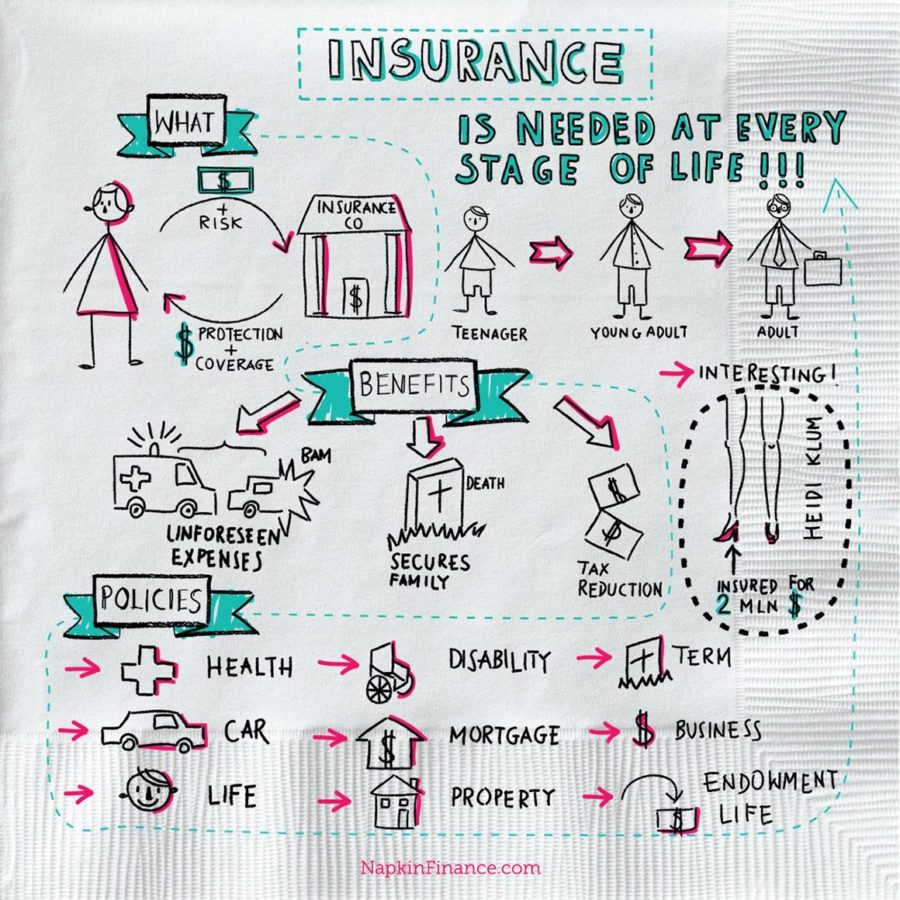5 Vines About senior burial insurance That You Need to See
The Ultimate Guide To What Is Insurance? - Facts On Insurance

If the Insured has a "reimbursement" policy, the insured can be needed to pay for a loss and after that be "reimbursed" by the insurance carrier for the loss and expense costs consisting of, with the authorization of the insurance provider, claim expenditures. Under a "pay on behalf" policy, the insurance carrier would safeguard and pay a claim on behalf of the guaranteed who would not run out pocket for anything.
Under an "indemnification" policy, the insurance carrier can generally either "reimburse" or "pay on behalf of", whichever is more beneficial to it and the guaranteed in the claim managing procedure. An entity looking for to transfer danger (a person, corporation, or association of any type, and so on) becomes the 'insured' celebration once threat is presumed by an 'insurer', the guaranteeing party, by means of a agreement, called an insurance coverage.
An insured is hence said to be "indemnified" versus the loss covered in the policy. When insured celebrations experience a loss for a defined hazard, the protection entitles the insurance policy holder to make a claim versus the insurance company for the covered quantity of loss as specified by the policy. The cost paid by the guaranteed to the insurance company for assuming the risk is called the premium.
See This Report on Homeowners Insurance: What It Is And What You can find out more It Covers ...
So long as an insurance provider keeps sufficient funds reserved for awaited losses (called reserves), the remaining margin is an insurer's revenue. Policies usually consist of a variety of exclusions, including normally: Insurance can have numerous impacts on society through the manner in which it alters who bears the expense of losses and damage.
Insurance coverage can affect the likelihood of losses through ethical danger, insurance scams, and preventive steps by the insurer. Insurance scholars have typically utilized ethical threat to refer to the increased loss due to unintentional negligence and insurance scams to refer to increased danger due to intentional recklessness or indifference.
While in theory insurers could encourage financial investment in loss reduction, some analysts have argued that in practice insurers had historically not strongly pursued loss control measuresparticularly to avoid catastrophe losses such as hurricanesbecause of issues over rate decreases and legal battles. However, since about 1996 insurance providers have begun to take a more active function in loss mitigation, such as through building regulations.
The 9-Second Trick For How Insurance Works Abi
Nevertheless, in case of contingency insurance coverages such as life insurance coverage, dual payment is allowed) Self-insurance circumstances where risk is not moved to insurer and exclusively maintained by the entities or individuals themselves Reinsurance circumstances when the insurance company passes some part of or all threats to another Insurance company, called the reinsurer Mishaps will happen (William H.

Collection EYE Film Institute Netherlands. Insurance companies may utilize the membership service design, gathering premium payments periodically in return for on-going and/or compounding advantages offered to insurance policy holders. Insurance companies' company design aims to collect more in premium and investment income than is paid out in losses, and to likewise provide a competitive cost which customers will accept.
Insurance providers generate income in two methods: Through underwriting, the process by which insurers pick the threats to insure and decide how much in premiums to charge for accepting those risks, and taking the brunt of the danger should it come to fruition. By investing the premiums they gather from insured parties The most complex element of guaranteeing is the actuarial science of ratemaking (price-setting) of policies, which utilizes stats and possibility to approximate the rate of future claims based upon an offered threat.
The 4-Minute Rule for What's Medicare? - Medicare
At one of the most basic level, preliminary rate-making involves looking at the frequency and intensity of insured dangers and the anticipated typical payment arising from these dangers. Thereafter an insurance provider will collect historical loss-data, bring the loss data to present value, and compare these prior losses to the premium gathered in order to examine rate adequacy.
Ranking for different threat qualities involves - at the many standard level - comparing the losses with "loss relativities" a policy with twice as numerous losses would, therefore, be charged twice as much. More intricate multivariate analyses are sometimes utilized when several attributes are involved and a univariate analysis might produce puzzled results.
Upon termination of a provided policy, the amount of premium gathered minus the quantity paid out in claims is the insurance company's underwriting revenue on that policy. Financing performance is determined by something called the "combined ratio", which is the ratio of expenses/losses to premiums. A combined ratio of less than 100% shows an underwriting profit, while anything over 100 suggests an underwriting loss.
